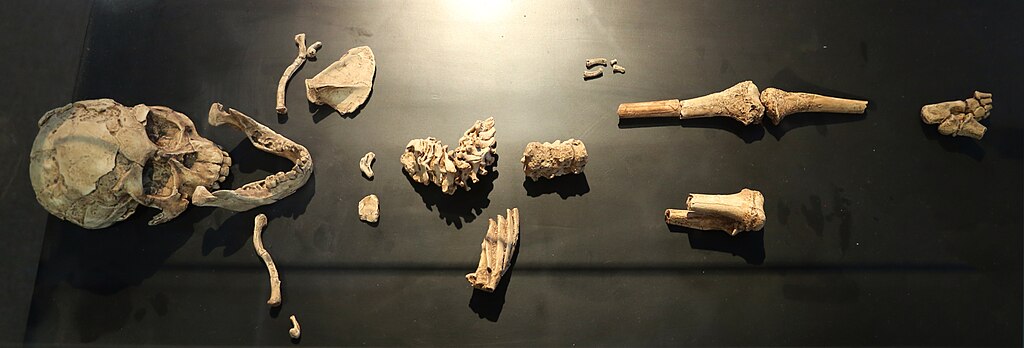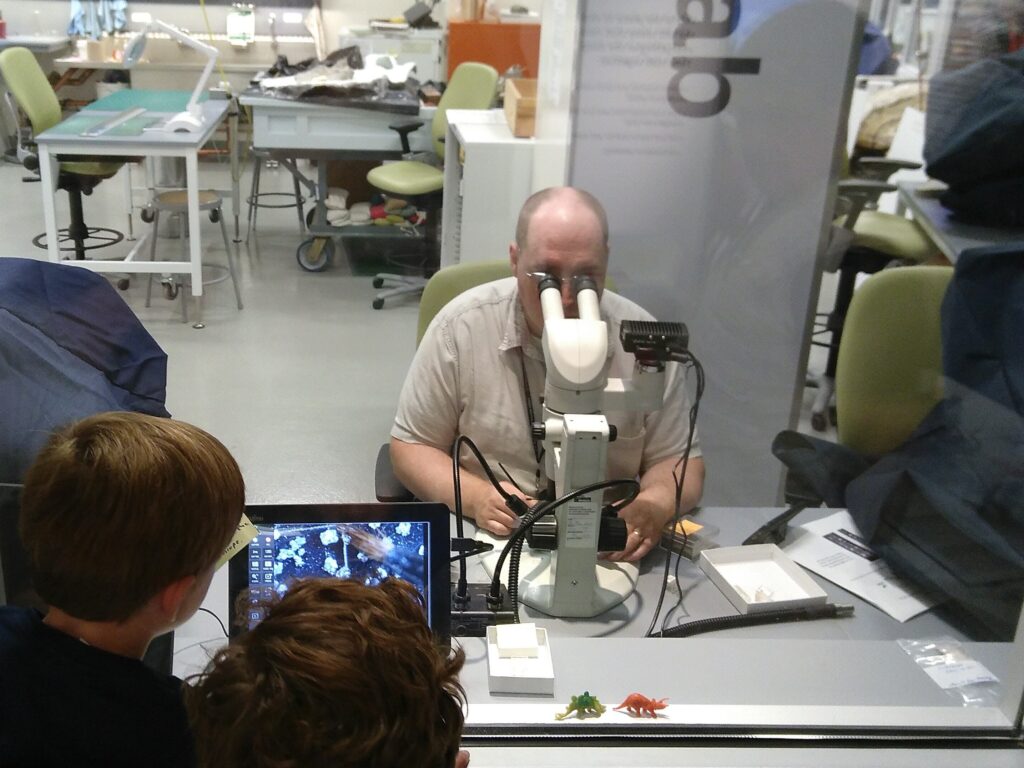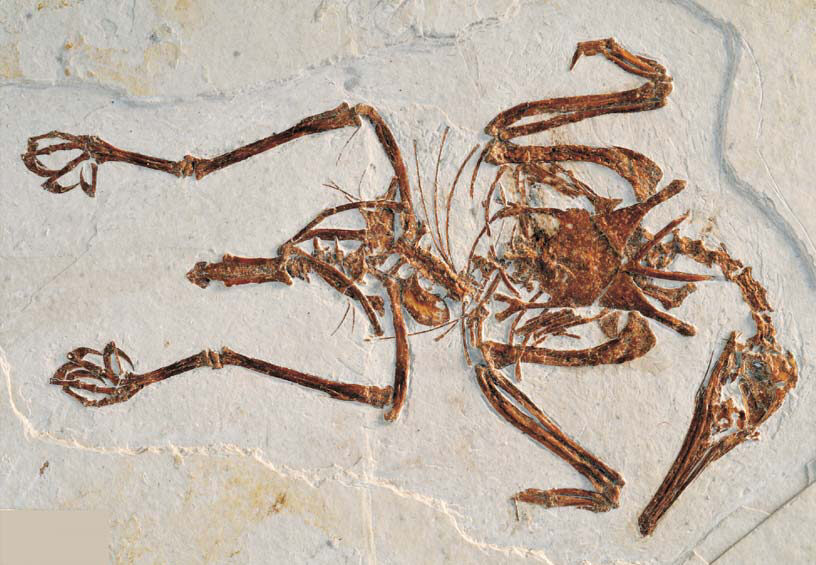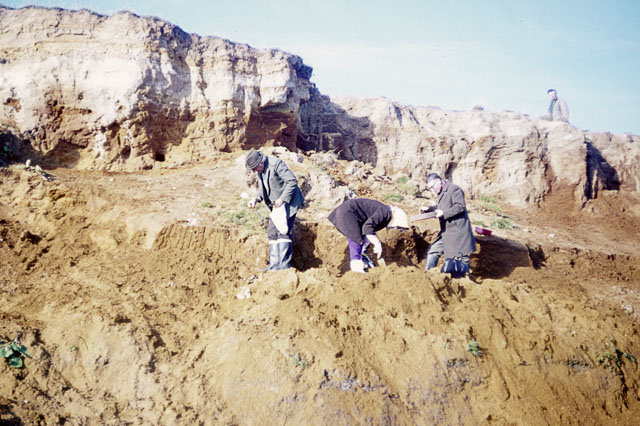Paleontology’s Real-Life Sherlocks: How Fossils Reveal Ancient Truths
Every fossil tells a story. Hidden within ancient bones, footprints, and even microscopic remains lies a wealth of information about Earth’s past. Like detectives at a crime scene, paleontologists piece together these fragmentary clues to reconstruct extinct organisms and vanished ecosystems. Their methodical work not only brings prehistoric creatures back to life in our imagination ...













